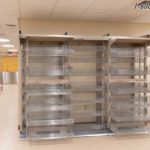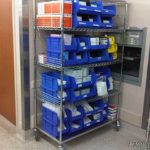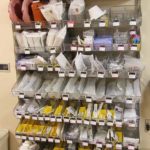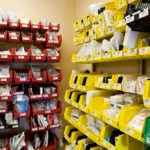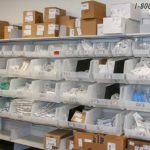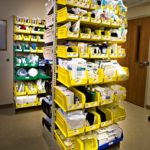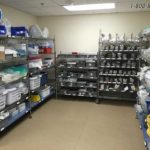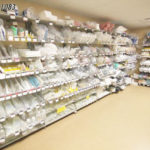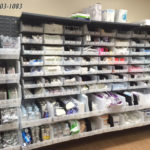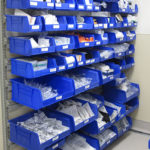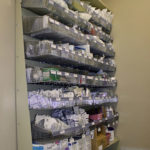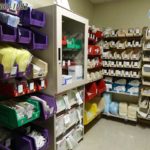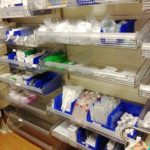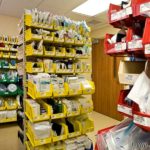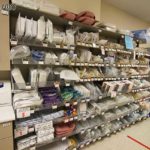Hospital inventory management can be a challenge without an efficient system in place. Inefficient inventory management in hospitals causes problems such as stockouts of essential supplies, surpluses of lesser-used stock, and wastes of time, space, and money. The PAR inventory system has become a standard for hospital inventory management, and many innovations to the PAR system have been developed to maximize the efficiency of your supply management.
Read on to learn more about PAR inventory management and how to implement it in your hospital. (Check out more of our healthcare storage solutions here.)
Hospital inventory management can be a challenge without an efficient system in place. Inefficient inventory management in hospitals causes problems such as stockouts of essential supplies, surpluses of lesser-used stock, and wastes of time, space, and money. The PAR inventory system has become a standard for hospital inventory management, and many innovations to the PAR system have been developed to maximize the efficiency of your supply management.
Read on to learn more about PAR inventory management and how to implement it in your hospital. (Check out more of our healthcare storage solutions here.)
What is PAR Inventory Management?
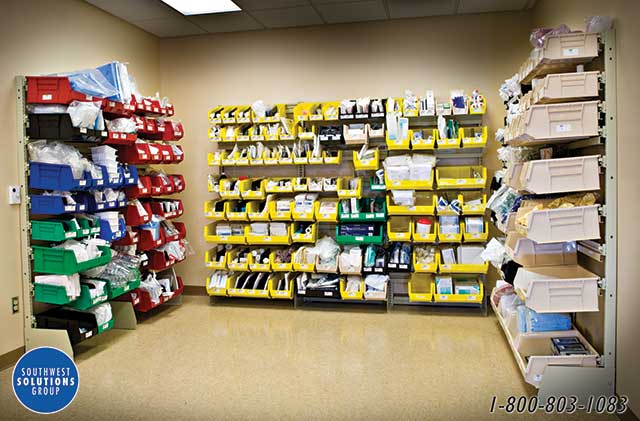
In a traditional PAR inventory management system, supply staff periodically count the supplies at each PAR location to determine how much of a product they need to stock to return the quantity to the PAR level. Depending on your hospital’s unique situation and necessities, your supply staff may perform counts daily, every few days, or multiple times a day. When setting PAR levels, make sure the levels accommodate adequate supplies for patient care throughout the period between each count and restocking and buffer stock in case of stocking delays or variances in supply usage.
Level Inventory Systems
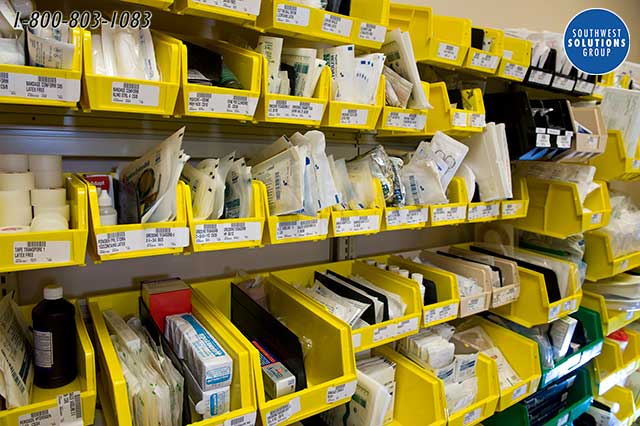
One simple improvement to the PAR system is labeling each product bin with a unique barcode. Using the barcode system, supply staff will scan the product’s barcode that needs replenishing, enter the current count, and automatically receive the number required to restock the product to the PAR level.
In addition to this, the hospital PAR inventory system can provide comprehensive data to allow managers to see which items haven’t been used in a long time and which items they need to stock more of, so they can continue to optimize the supply storage over time.
Nevertheless, the barcode system still requires manual counting and other inefficiencies that accompany it. The weight-based PAR system and two-bin Kanban system are variations of the PAR system that make hospital inventory management more accurate and efficient. Visit our online store to see our healthcare storage products.
Weight-Based Inventory Management
The weight-based inventory system is an automated form of PAR inventory management. In the weight-based system, each supply bin integrates with a scale, and software records changes in weight as transactions occur. When the bin reaches a set weight, the software automatically sends an order to replenish the supply.
Benefits of the weight-based inventory system include:
- Accurate inventory management
- No cycle counting is necessary
- Minimized risk of stockouts
Read more about weight-based inventory systems here.
Two-Bin Kanban PAR Inventory Management
The two-bin Kanban inventory system divides each product’s stock into two bins, usually placed front to back. Clinical staff pulls supplies from the first bin; when it’s empty, the clinician sets the empty bin in a designated area, and staff use supplies from the second bin. When supply staff makes their rounds, they simply replenish the empty bins and place each restocked bin back behind the other that is still in use.
Benefits of the two-bin Kanban system include:
- No manual counting is necessary
- Minimized risk of stockouts
- First In, First Out (FIFO) stock rotation
Read more about two-bin Kanban inventory systems here.
What is PAR Inventory Management?

In a traditional PAR inventory management system, supply staff periodically count the supplies at each PAR location to determine how much of a product they need to stock to return the quantity to the PAR level. Depending on your hospital’s unique situation and necessities, your supply staff may perform counts daily, every few days, or multiple times a day. When setting PAR levels, make sure the levels accommodate adequate supplies for patient care throughout the period between each count and restocking and buffer stock in case of stocking delays or variances in supply usage.
Level Inventory Systems
Traditionally, supply staff has been responsible for manually counting the supplies at each PAR location. Manual counting is extremely time-consuming and inaccurate, leading to stockouts and delays in patient care as nurses must send manual requisitions for supplies they need. Stockouts disrupt the supply stockers’ workflow as they must fill those manual orders.
One simple improvement to the PAR system is labeling each product bin with a unique barcode. Using the barcode system, supply staff will scan the product’s barcode that needs replenishing, enter the current count, and automatically receive the number required to restock the product to the PAR level.
In addition to this, the hospital PAR inventory system can provide comprehensive data to allow managers to see which items haven’t been used in a long time and which items they need to stock more of, so they can continue to optimize the supply storage over time.
Nevertheless, the barcode system still requires manual counting and other inefficiencies that accompany it. The weight-based PAR system and two-bin Kanban system are variations of the PAR system that make hospital inventory management more accurate and efficient. Visit our online store to see our healthcare storage products.
Weight-Based Inventory Management
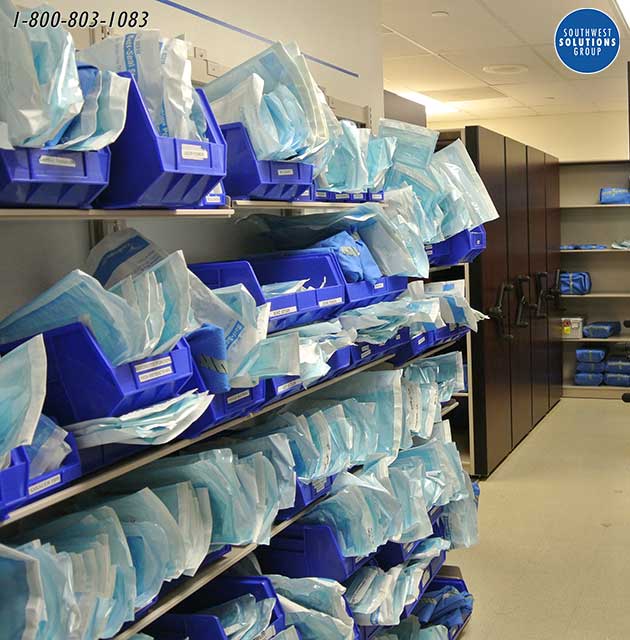
Benefits of the weight-based inventory system include:
- Accurate inventory management
- No cycle counting is necessary
- Minimized risk of stockouts
Read more about weight-based inventory systems here.
Two-Bin Kanban PAR Inventory Management
The two-bin Kanban inventory system divides each product’s stock into two bins, usually placed front to back. Clinical staff pulls supplies from the first bin; when it’s empty, the clinician sets the empty bin in a designated area, and staff use supplies from the second bin. When supply staff makes their rounds, they simply replenish the empty bins and place each restocked bin back behind the other that is still in use.
Benefits of the two-bin Kanban system include:
- No manual counting is necessary
- Minimized risk of stockouts
- First In, First Out (FIFO) stock rotation
Read more about two-bin Kanban inventory systems here.
What is PAR Inventory Management?

In a traditional PAR inventory management system, supply staff periodically count the supplies at each PAR location to determine how much of a product they need to stock to return the quantity to the PAR level. Depending on your hospital’s unique situation and necessities, your supply staff may perform counts daily, every few days, or multiple times a day. When setting PAR levels, make sure the levels accommodate adequate supplies for patient care throughout the period between each count and restocking and buffer stock in case of stocking delays or variances in supply usage.
Level Inventory Systems
Traditionally, supply staff has been responsible for manually counting the supplies at each PAR location. Manual counting is extremely time-consuming and inaccurate, leading to stockouts and delays in patient care as nurses must send manual requisitions for supplies they need. Stockouts disrupt the supply stockers’ workflow as they must fill those manual orders.
One simple improvement to the PAR system is labeling each product bin with a unique barcode. Using the barcode system, supply staff will scan the product’s barcode that needs replenishing, enter the current count, and automatically receive the number required to restock the product to the PAR level.
In addition to this, the hospital PAR inventory system can provide comprehensive data to allow managers to see which items haven’t been used in a long time and which items they need to stock more of, so they can continue to optimize the supply storage over time.
Nevertheless, the barcode system still requires manual counting and other inefficiencies that accompany it. The weight-based PAR system and two-bin Kanban system are variations of the PAR system that make hospital inventory management more accurate and efficient. Visit our online store to see our healthcare storage products.
Weight-Based Inventory Management

Benefits of the weight-based inventory system include:
- Accurate inventory management
- No cycle counting is necessary
- Minimized risk of stockouts
Read more about weight-based inventory systems here.
Two-Bin Kanban PAR Inventory Management
The two-bin Kanban inventory system divides each product’s stock into two bins, usually placed front to back. Clinical staff pulls supplies from the first bin; when it’s empty, the clinician sets the empty bin in a designated area, and staff use supplies from the second bin. When supply staff makes their rounds, they simply replenish the empty bins and place each restocked bin back behind the other that is still in use.
Benefits of the two-bin Kanban system include:
- No manual counting is necessary
- Minimized risk of stockouts
- First In, First Out (FIFO) stock rotation
Read more about two-bin Kanban inventory systems here.
Contact Us for Hospital PAR Inventory Systems
Southwest Solutions Group® provides design and installation services for hospital PAR inventory systems on GSA, Vizient, and various other Group Purchasing Organization contracts. We will also provide a free consultation to determine your exact needs and specifications before the design begins. To learn more or to speak with a specialist, call us at 1-800-803-1083 or send us a message today.
Resources
Healthcare Testimonials

“Southwest Solutions Group assisted us in the setup of equipment and services for our offsite medical record warehouse housing over one million charts. They have moved over 330,000 records from the main hospital to the medical record warehouse in a weekend time period, and converted thousands of charts for us. They have provided us a new chart tracking system, labeling system, and file conversion services over a multi-month process. Their IT group was able to modify our existing records management software to “talk” to our main software program so we could print color coded labels for our medical record charts. In addition, they have provided many other services to Parkland hospital including file shelving, hospital storage equipment needs, and software support. Southwest Solutions Group does exceptional work.”

“Our experience with Southwest Solutions Group could not have been better. Matt (sales rep) was very knowledgeable and attentive to our needs. Our shelving project required many changes and revisions and Matt never flinched when thrown a challenge. Many thanks to the installation crew for putting in a twelve hour day to complete our project on time. We give a 100% satisfaction rating to Matt and the Southwest Solutions Group team.”
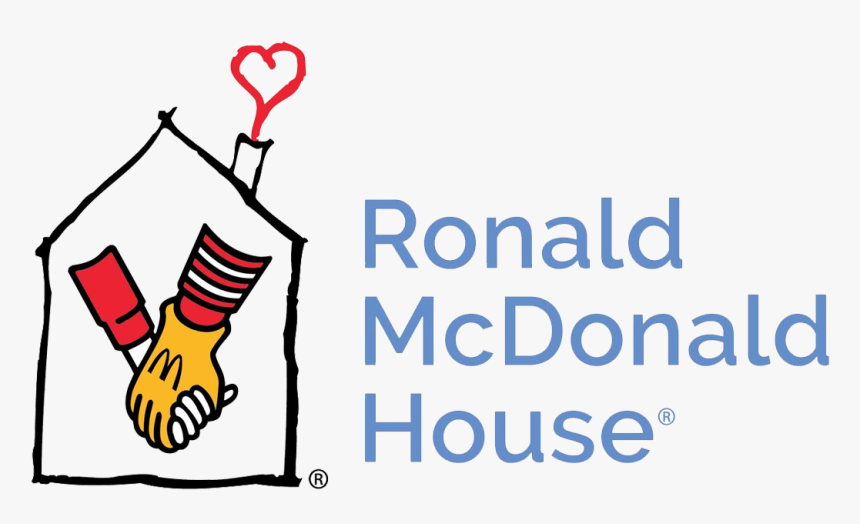
“Thank you for your donation! I wanted to let you know that we ordered a donor sign for our storage room. The sign will be displayed outside the storage room located near the main kitchen/dining room. This should give you some good exposure!”
See more healthcare testimonials

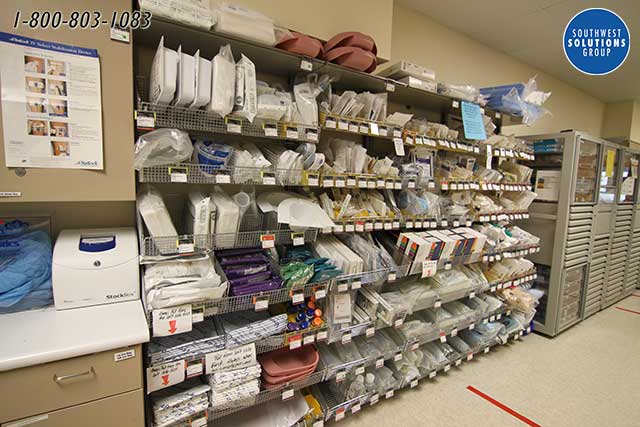
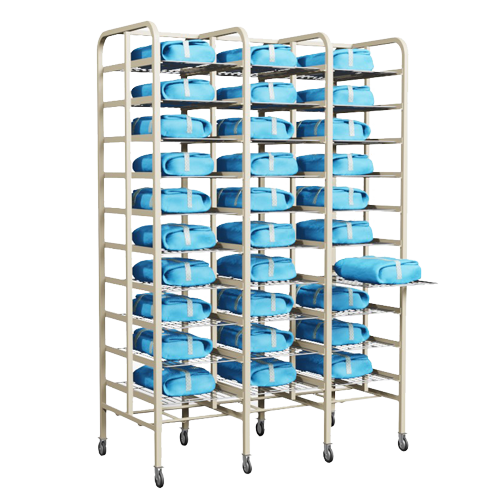 Sterile Core Racks
Sterile Core Racks
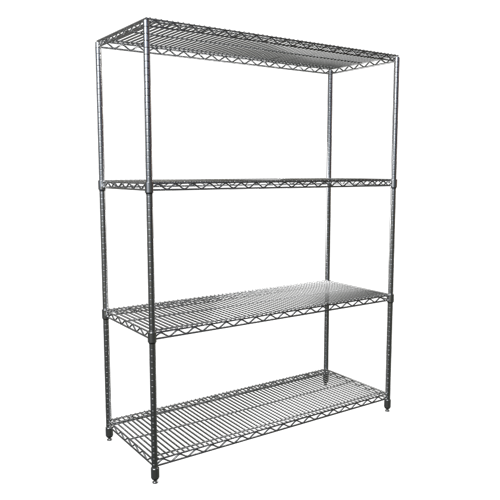
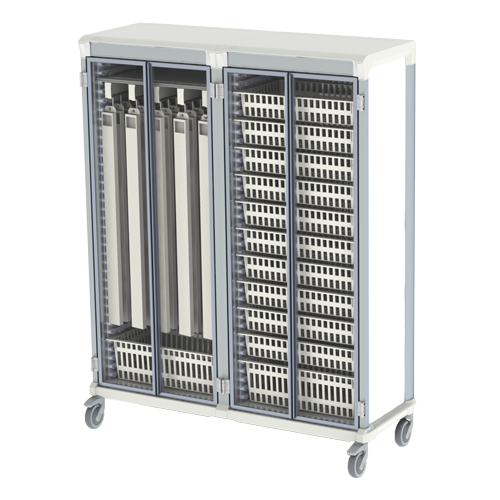 Hospital Carts
Hospital Carts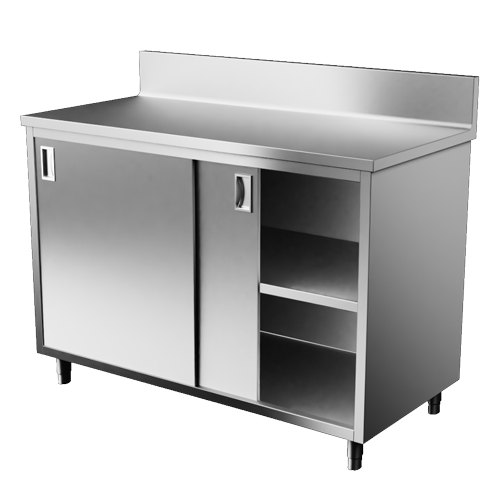 Stainless Products
Stainless Products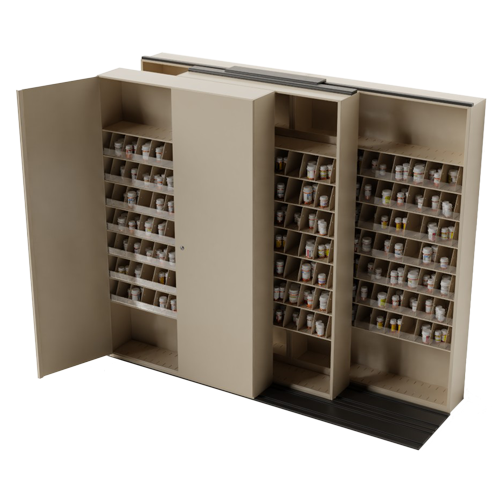 Pharmacy Storage Solutions
Pharmacy Storage Solutions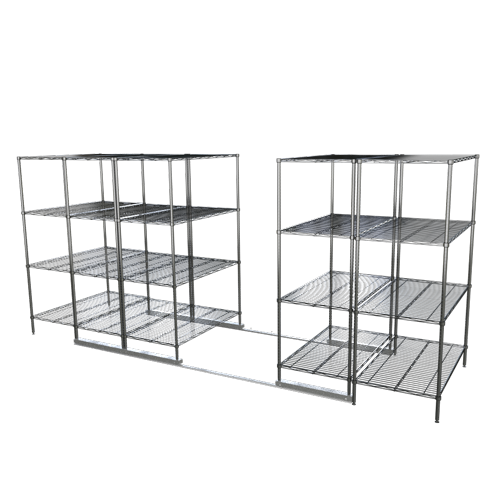 All Hospital Products
All Hospital Products RFID Kanban Inventory Management Racks
RFID Kanban Inventory Management Racks Medical Rack Steel Specifications
Medical Rack Steel Specifications